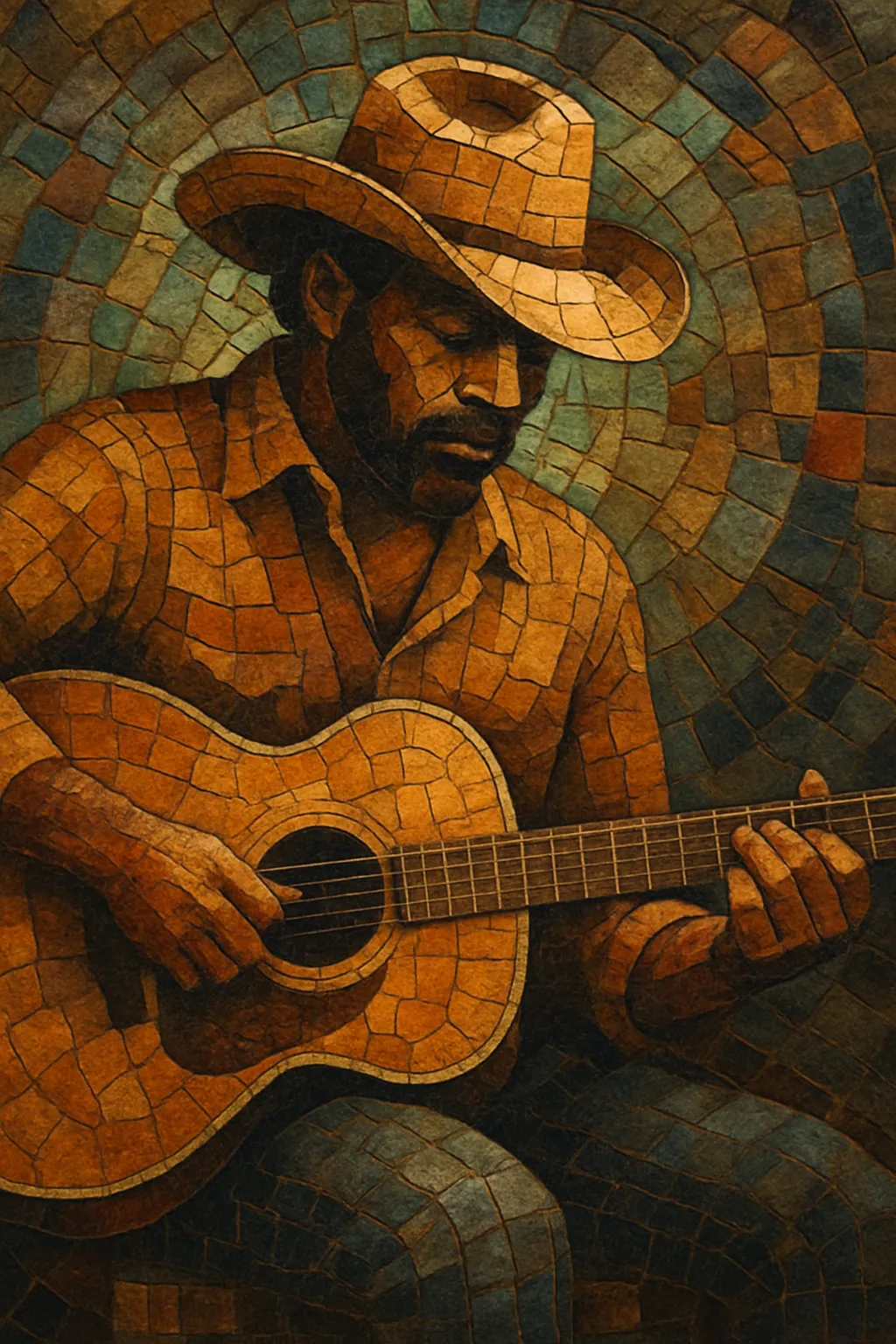
Country soul is a hybrid style that blends the instrumentation, storytelling, and harmonies of country music with the groove, vocal delivery, and production aesthetics of soul and rhythm & blues. It typically features country staples like acoustic and electric guitars, pedal steel, and fiddle alongside a soul rhythm section of drums, bass, Hammond organ, piano, and often a punchy horn section and gospel-style backing vocals.
The sound emerged most prominently in the American South, where studios in Nashville, Memphis, and Muscle Shoals cultivated a warm, earthy, and emotive approach. Songs often revolve around heartbreak, perseverance, and everyday life, delivered with both country plainspokenness and soul fervor. Production tends toward intimate, analog warmth, dry drums, and unvarnished performances that foreground the singer and song.
Country soul coalesced in the early 1960s, as Southern recording scenes began openly fusing country songwriting with soul and R&B rhythm sections. Ray Charles’s Modern Sounds in Country and Western Music (1962) was a watershed, proving country repertoire could be rendered with soul phrasing, horns, and gospel-inflected arrangements without losing the songs’ core identity. Around the same time, artists such as Arthur Alexander were cutting country-rooted songs with R&B feel in Muscle Shoals.
In Memphis, the Stax/Hi circles and American Sound Studio cultivated a gospel-charged, horn-driven approach to country material, while Nashville players injected the city’s songcraft and pedal-steel sheen into R&B-leaning sessions. Muscle Shoals became famous for its dry, in-the-room drum sound, deep pocket, and unfussy arrangements that let singers testify over country chord changes with soul intensity. Songwriters and producers like Dan Penn and Spooner Oldham bridged scenes, penning country-soul standards recorded by a variety of artists.
By the late 1960s and 1970s, country soul was a familiar cross-pollination: Solomon Burke, William Bell, Charlie Rich, Joe South, Tony Joe White, and others brought bluesy grit to country narratives, and country singers with R&B backgrounds (e.g., Ronnie Milsap) brought soul phrasing to Nashville. The style overlapped with swamp rock, countrypolitan balladry, and Southern rock, subtly shaping how roots-based American music sounded on AM and FM radio.
While never a rigidly codified genre, country soul’s vocabulary—earthy grooves, gospel backing vocals, pedal steel with Hammond organ, and conversational, heart-on-sleeve singing—became foundational to later Americana and modern country-pop balladry. Periodic revivals and contemporary artists who blend country timbres with soul singing keep the tradition alive, reaffirming the South’s role as a crucible of American roots fusion.
-
•
Draft a country narrative lyric and simple I–IV–V-based progression.
•Set a mid-tempo pocket; track drums and bass live if possible.
•Layer organ/piano for harmonic glue; add pedal steel for emotive swells.
•Arrange call‑and‑response between vocal and horns/steel; add a gospel choir in the final chorus.
•Mix for intimacy and groove: dry drums, centered vocal, warm low end, tasteful horn presence.

